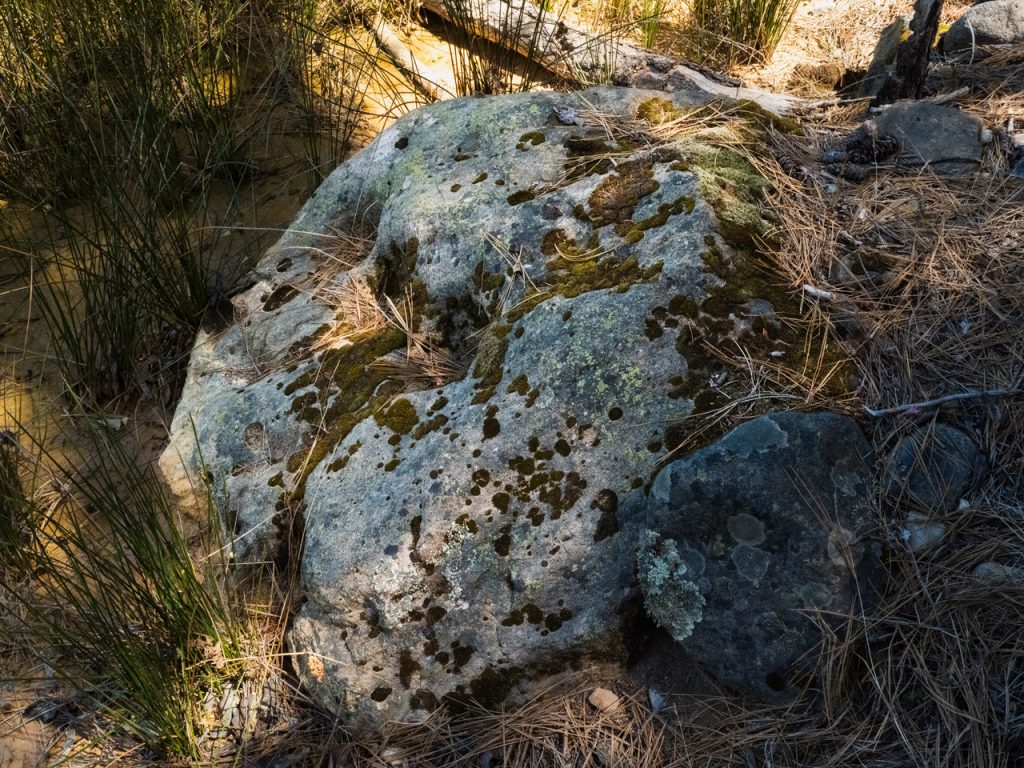Celebrate Indigenous People’s Day
by learning about our local indigenous history.
A special presentation by photo historian Jordan Reznick, with support from CHIRP.
Click here to join Zoom Meeting.
We would like to offer a soup lunch between the Sunday service and Mr. Reznick’s presentation — which means we need soup! Please contact Eileen if you can bring a pot of soup to share (or bread/rolls or even an extra crock pot!): Nisenan@uugrassvalley.org.
During the 1880s the hydraulic mining operation at Malakoff Diggins was the subject of a pivotal early environmental law case which also pioneered the use of photographic evidence in U.S. courtrooms. The photographs that illustrated the ecological catastrophe precipitated by hydraulic mining however failed to portray the full picture of the land. A Nisenan grinding stone recently re-discovered in the diggings confirmed what the Nevada City Rancheria Nisenan Tribe has always known to be true: that “this is our place.” This lecture reconsiders the Malakoff photographs against evidence supplied by the bedrock mortar and early portraits of Tribal members. Together these Nisenan materials re-orient the assessment of the Malakoff images around Nisenan Protocols concerning the Rights of Nature and Indigenous Land Title.

Jordan Reznick is Assistant Professor of American Studies at Grinnell College. He researches Native North American, settler colonial, and transgender histories of photography. His book project Landing the Camera: Indigenous Ecologies and Colonial Photography in California examines how Native history and ecological knowledge shaped nineteenth-century landscape photographs in California. Reznick was 2022-2023 GRI/NEH Postdoctoral Fellow at the Getty Research Institute and recently published articles in American Art and Art Journal. For an introduction to Jordan’s work, see his essay Native Land and Colonial Photography at Yosemite from an exhibit at the San Francisco Museum of Modern Art